Nuriootpa siege gunman Tony Douglas Grosser now ‘disavows violence’ and is no longer a threat, Supreme Court told
TONY Grosser — who shot a police officer 14 times in a Barossa Valley siege but is due for release from prison in days — is no longer a danger to the community, his lawyer claims. The Attorney-General disagrees.
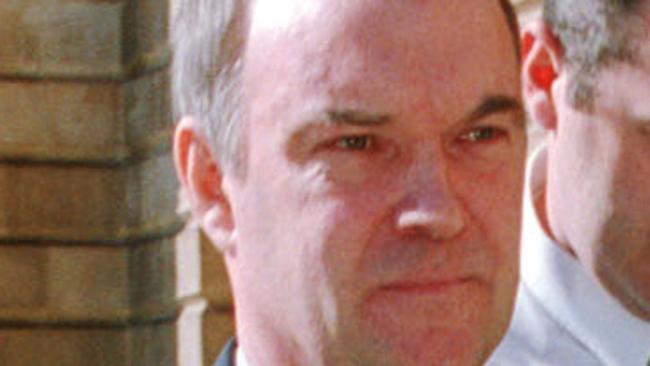
SA News
Don't miss out on the headlines from SA News. Followed categories will be added to My News.
SIEGE gunman Tony Grosser — who shot a police officer 14 times in the Barossa Valley — is no longer a danger to the community and “disavows all forms of violence”, the Supreme Court has heard.
Grosser is next Monday due to complete his 22-year prison term for shooting STAR Group officer Derrick McManus at his Nuriootpa home in 1994.
Grosser, 61, has previously been denied release on parole because of fears he remained a danger to the community.
The Attorney-General is using the newly-enacted High Risk Offenders Act to impose strict conditions upon Grosser, including constant electronic monitoring and banning him from approaching victims or witnesses.
Michael Wait, for the Attorney-General, urged Justice Tim Stanley to find that Grosser, who fired more than 2500 rounds of ammunition in a 40-hour siege after shooting Mr McManus, would remain “an appreciable risk to the community”.
Mr Wait said Grosser would not be subject to home detention conditions but an electronic monitoring condition would provide police and the community with an extra level of protection if he chose to flaunt the conditions of his release.
“It allows authorities to track the movements if (Grosser) decides to engage in risky behaviours,” he said.
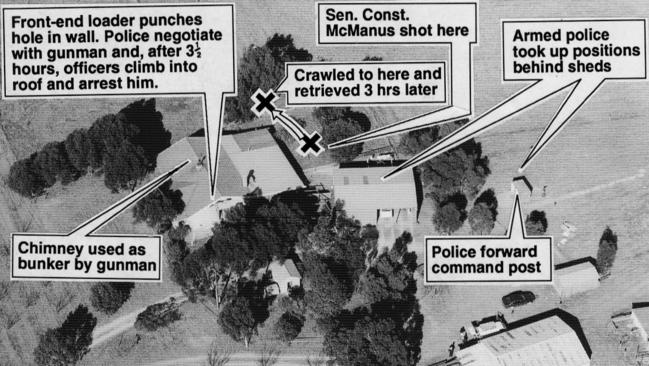
Mr Wait also said there were concerns that some of Grosser’s arsenal of firearms had never been recovered.
“There is a suggestion that some of the firearms have been buried and the electronic monitoring is an acceptable, practical way of preventing Mr Grosser from retrieving those firearms,” he said.
However, Grosser’s lawyer Oliver Koehn said his client had tried to help police find the remainder of the weapons in 2012 and 2013 but could not remember where many of them had been stashed.
Mr Koehn said Grosser would pose no risk to others upon his release despite almost killing Mr McManus, who went to Grosser’s home after he failed to attend court on fraud matters.
“There has been no repeat of incidents of violence since the siege situation ... in fact, Mr Grosser disavows all forms of violence, it is inconsistent with his beliefs,” Mr Koehn said.
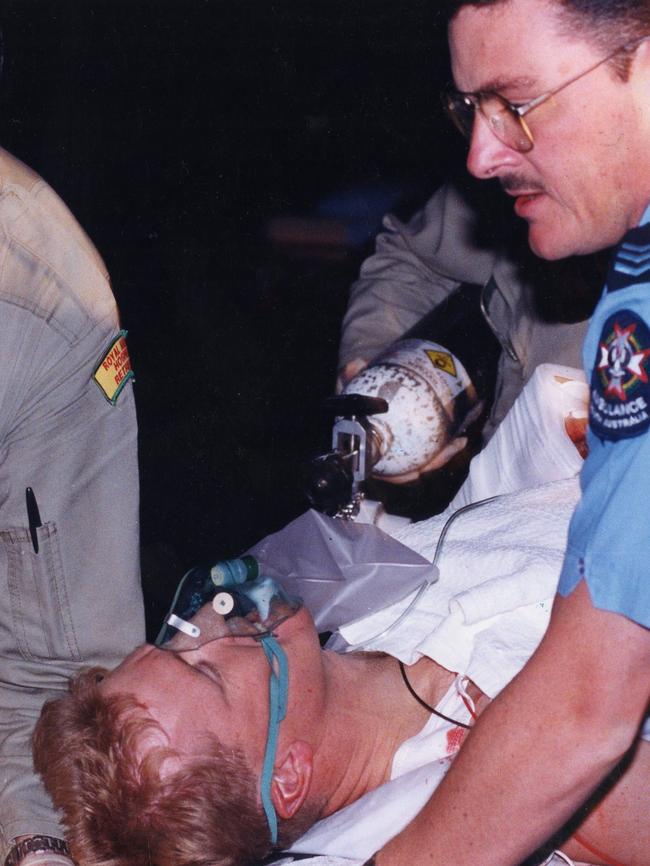
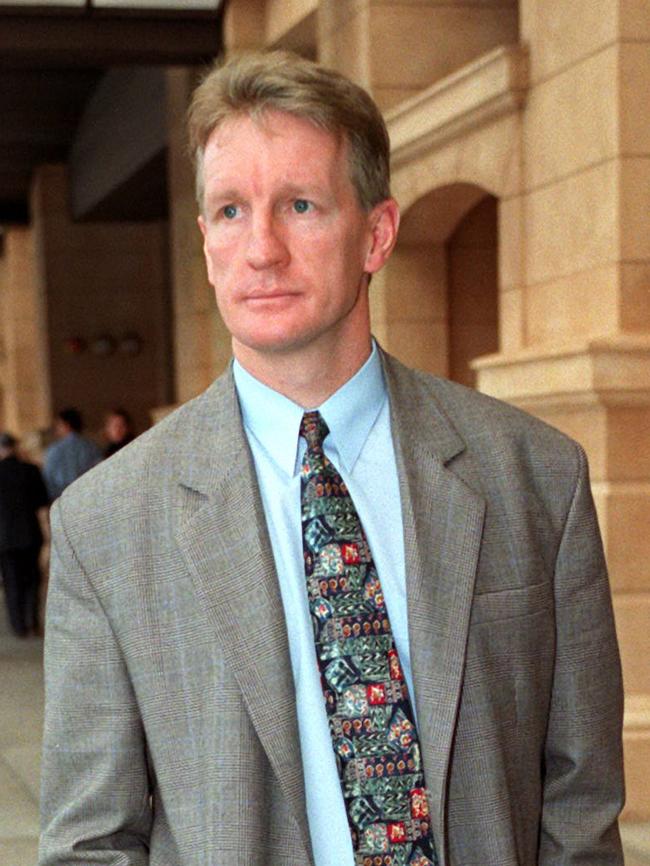
Mr Koehn said Grosser held longstanding beliefs that he was the victim of police corruption and that his life would be in danger upon his release.
“Those beliefs have not been disproved, there are people walking around the community who hold similar beliefs, they are not being subjected to supervision,” he said.
“If his beliefs are true, then concerns about his safety may be justified.”
The court heard Grosser had previously been diagnosed as suffering from a paranoid personality disorder or a delusional disorder, and had until last year refused to take antipsychotic medication.
Mr Koehn said Grosser began a course of antipsychotic medication in November last year, but had recently stopped taking it because of physical side-effects including nose bleeds, rashes and headaches.
He said Grosser did not object to being under supervision of a community corrections officer, but did not want to wear an electronic ankle bracelet or have his address known by the wider community.
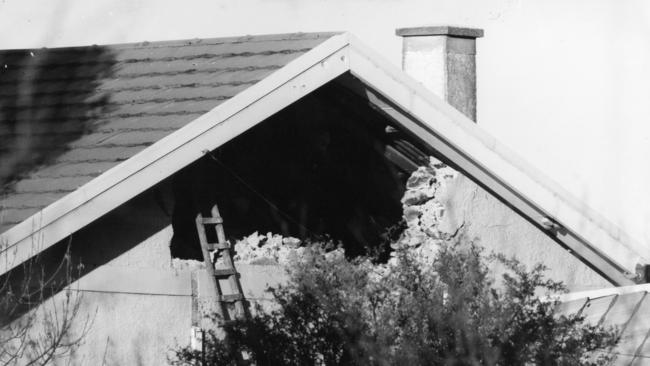
Mr Koehn said his client had no interest in contacting any of the police officers involved in the attempt to arrest him, or his ex-wife, who had sought orders preventing him going near her.
Grosser was eventually shot in the head following the dramatic siege and convicted of attempted murder and five counts of endangering life.
He successfully appealed against the conviction in 1999 but was again found guilty following a second trial in which he represented himself.
Grosser has previously stated he feared his life was at risk from corrupt police or the mafia and maintained at his second trial that he had shot Mr McManus in self-defence.
Justice Stanley, who must await medical reports before making a final ruling, will deliver his judgment on whether to impose an interim order on Grosser on Thursday morning.
Grosser observed the proceedings via videolink from a mental health facility and remained silent throughout the hour-long hearing.


